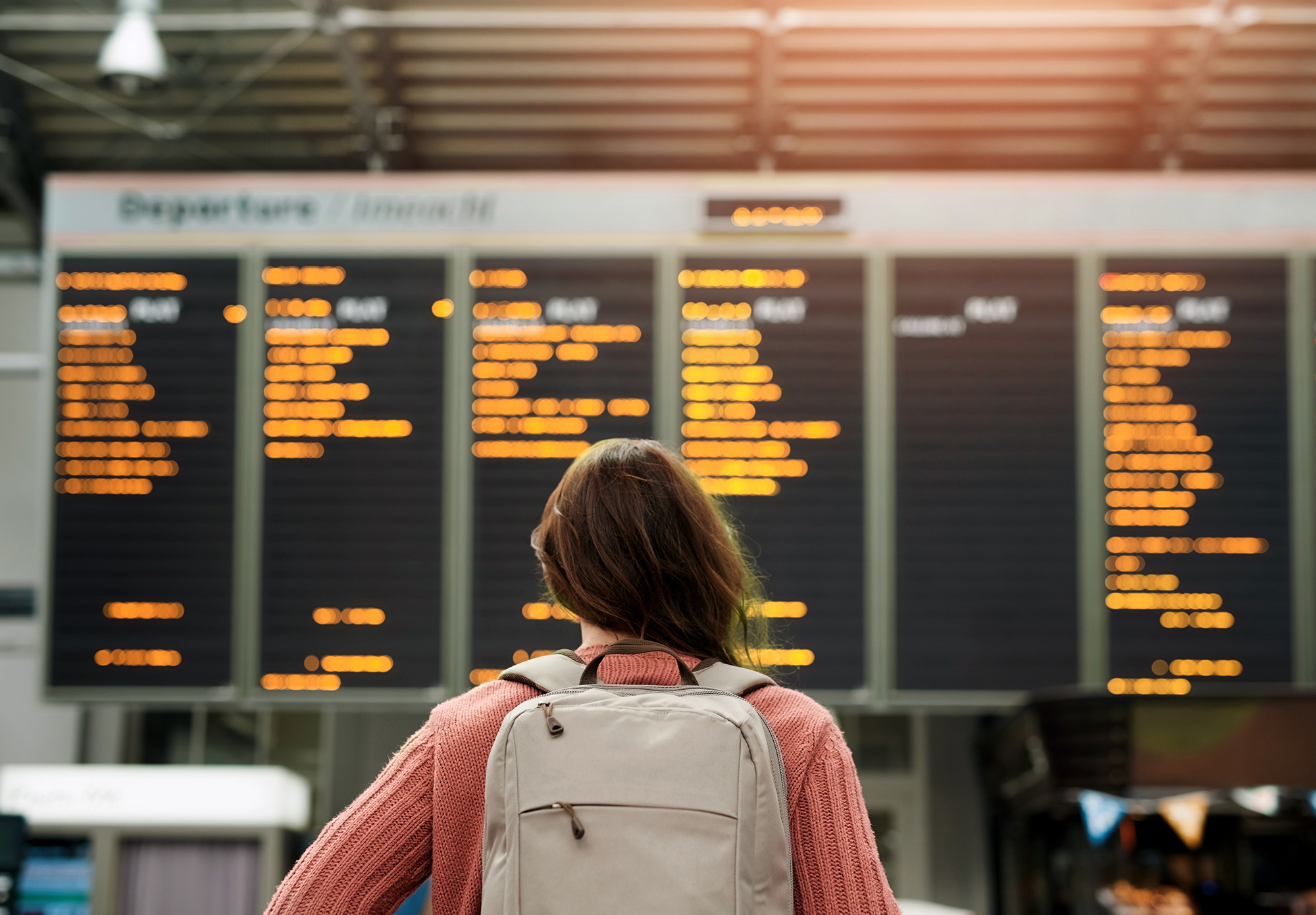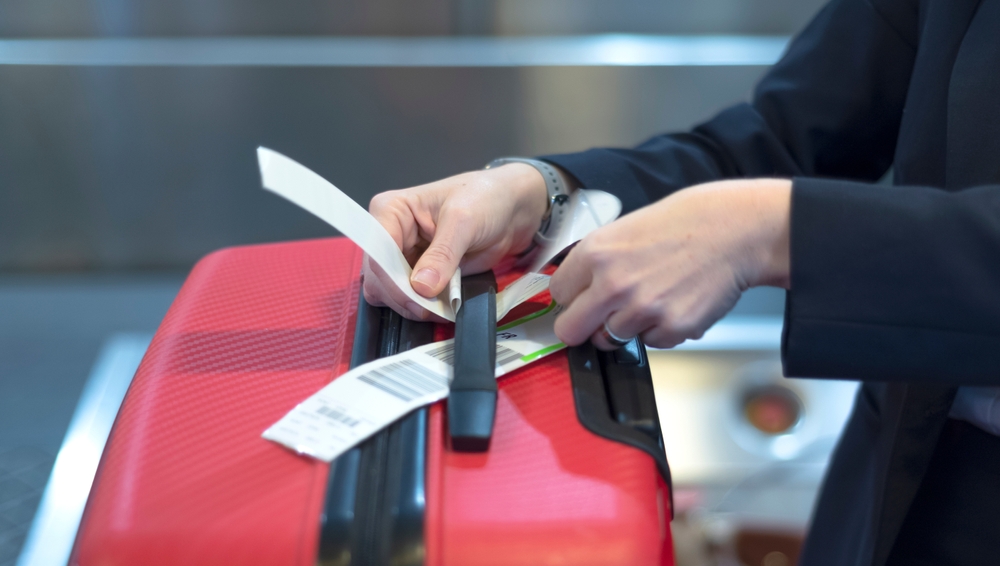Have you ever noticed the “SSSS” code printed on your boarding pass? While many travelers overlook the fine print, spotting this code means you’re in for a Secondary Security Screening Selection (SSSS)—a more thorough security check at the airport. Here’s what it means, why you might be flagged, and how to handle the process smoothly.
What Is the SSSS Code and Why Does It Appear?
SSSS: Secondary Security Screening Selection
The SSSS code indicates that you’ve been flagged for enhanced security screening by the airline or the Transportation Security Administration (TSA). This process is designed to ensure passenger and airport safety by conducting additional checks.
Common Reasons for SSSS Flagging
While the exact criteria for being flagged aren’t publicly disclosed, several factors can increase your chances of receiving the SSSS code:
- Traveling from or through countries flagged for security concerns.
- Booking last-minute flights or using cash to pay for tickets.
- Having a name that closely matches someone on a Department of Homeland Security (DHS) watchlist.
- Purchasing a one-way ticket, especially without proof of prior travel.
- Exhibiting travel patterns that differ from your usual habits.
What Happens During Enhanced Security Screening?
If your boarding pass shows the SSSS code, here’s what to expect:
- Additional Document Verification: TSA officers will perform extra checks on your ID and travel documents.
- Detailed Bag Inspection: Your carry-on items may be thoroughly inspected, swabbed for explosives, or checked by drug-sniffing dogs.
- Physical Screening: Expect a more intensive physical screening, which might involve advanced imaging technology.
- Questioning: You may be asked about your travel plans, purpose, and itinerary.
Why the Extra Scrutiny?
The SSSS process is a part of TSA’s layered approach to enhance airport security. By conducting additional screenings, authorities aim to mitigate risks and maintain passenger safety.
Am I a Suspect if I’m Flagged with SSSS?
The short answer: No, not necessarily.
Most travelers flagged with the SSSS code are selected based on travel patterns, random checks, or automated processes. However, repeated flagging might indicate a persistent issue. In such cases, you can apply for the DHS Traveler Redress Inquiry Program (TRIP) to resolve recurring security concerns.
Tips to Handle SSSS Screening Smoothly
- Arrive Early
Plan to arrive at the airport at least 3 hours before international flights. Enhanced screening can take 10-45 minutes, so allow extra time.
- Be Prepared and Cooperative
- Smile and stay calm: Politeness goes a long way in easing the process.
- Answer questions clearly: TSA officers are required to follow protocol, so cooperation is key.
- Pack Smart
- Follow TSA guidelines for liquids, gels, and prohibited items.
- Keep your bags neatly packed to simplify inspections.
- Dress Comfortably
- Wear slip-on shoes and avoid excessive jewelry to save time during physical screening.
What to Do if You’re Flagged Repeatedly
If you’re regularly subjected to enhanced screening and believe it’s unwarranted, file a complaint through the DHS TRIP program. This initiative helps travelers address issues related to excessive scrutiny or wrongful watchlist matches.
FAQs About SSSS Codes and Security Screening
Q. What does SSSS stand for on a boarding pass?
Ans. SSSS stands for Secondary Security Screening Selection, indicating that you’ve been chosen for enhanced security screening.
Q. Why was I flagged with the SSSS code?
Ans. Factors include traveling from high-risk areas, booking last-minute tickets, paying in cash, or random selection.
Q. How long does the SSSS screening take?
Ans. The process can add 10-45 minutes to your security screening time.
Q. Can I avoid getting flagged for SSSS?
Ans. While there’s no guaranteed way to avoid it, booking round-trip tickets, paying with credit cards, and following typical travel patterns can reduce the likelihood.
Q. What is the DHS Traveler Redress Inquiry Program (TRIP)?
Ans. This program allows travelers to file complaints and resolve issues related to repeated enhanced screenings or incorrect watchlist matches.
If you’re flagged with the SSSS code, don’t panic. The process is an added layer of security to ensure safe travel for everyone. Stay prepared, follow TSA guidelines, and remember that cooperation is the quickest way through. Safe travels!






